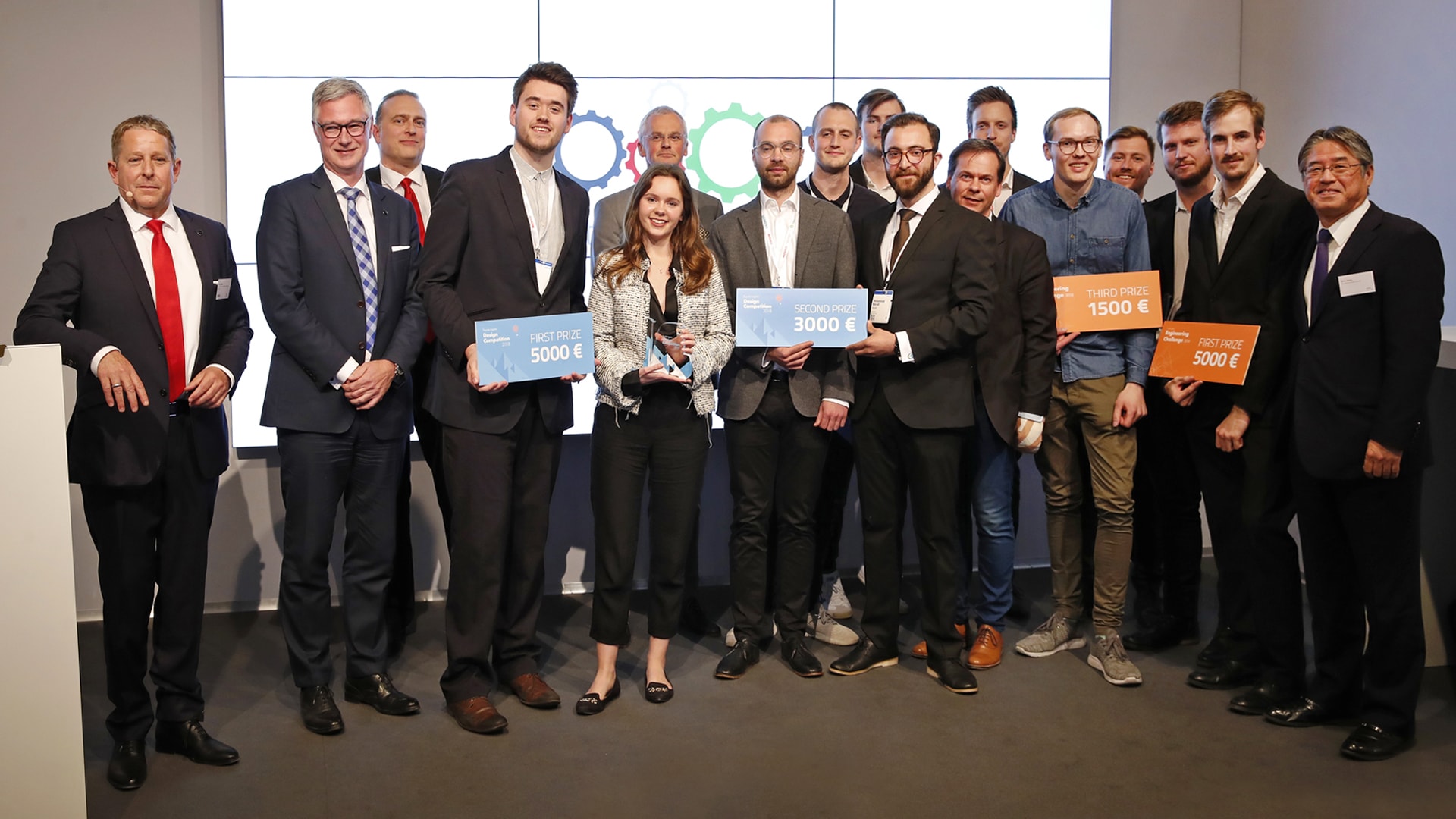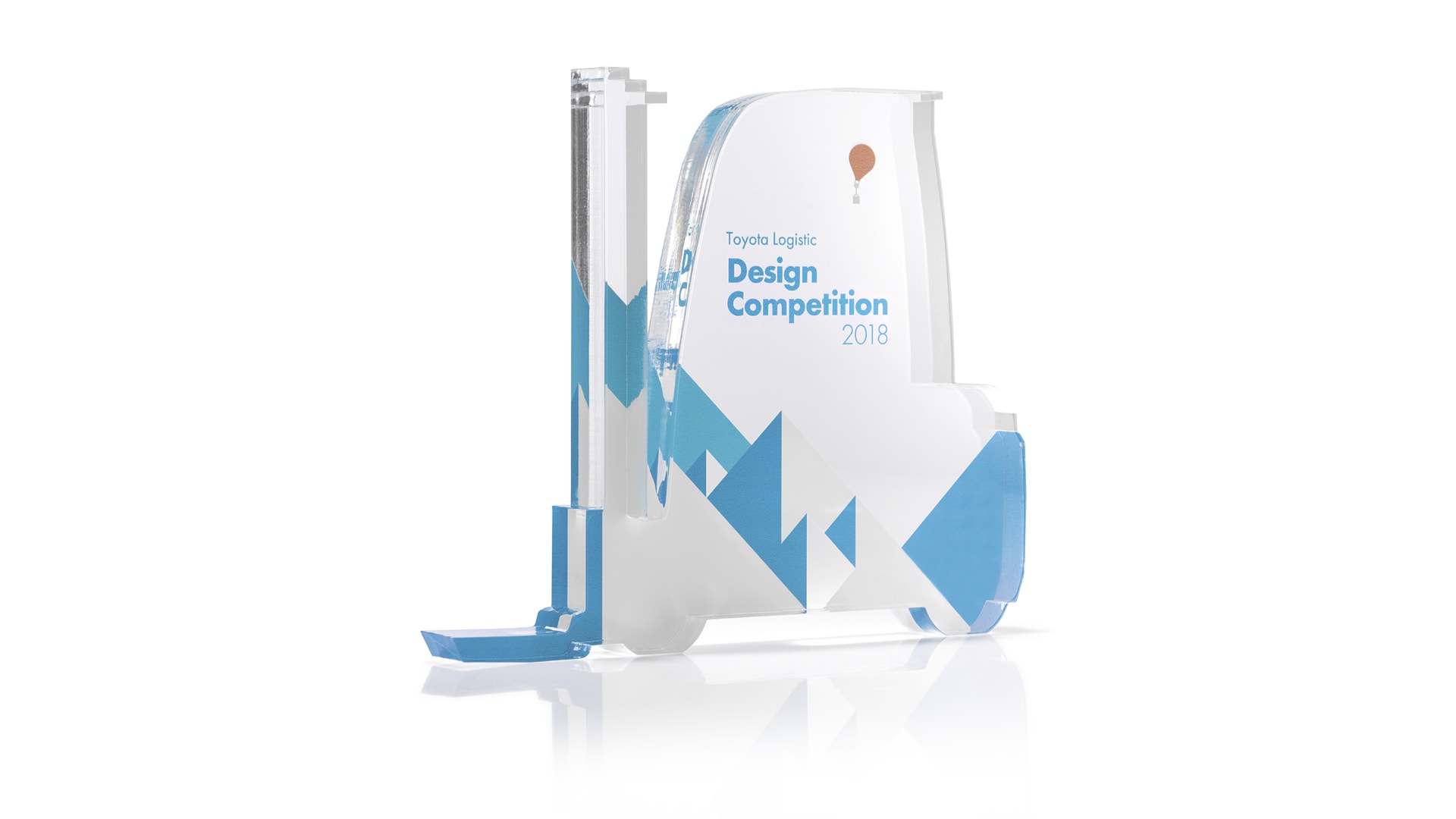WHY DO WE DO THESE LOGISTIC DESIGN COMPETITIONS?
The answer is two-fold: One, we want to find out what’s going on in the heads of design students and graduates around the world, so we can stay on top of our game. Two, we want to identify new talent, and be able to offer these young people a paid internship at one of Toyota’s Design Centers. For their good as well as our own. Simply.
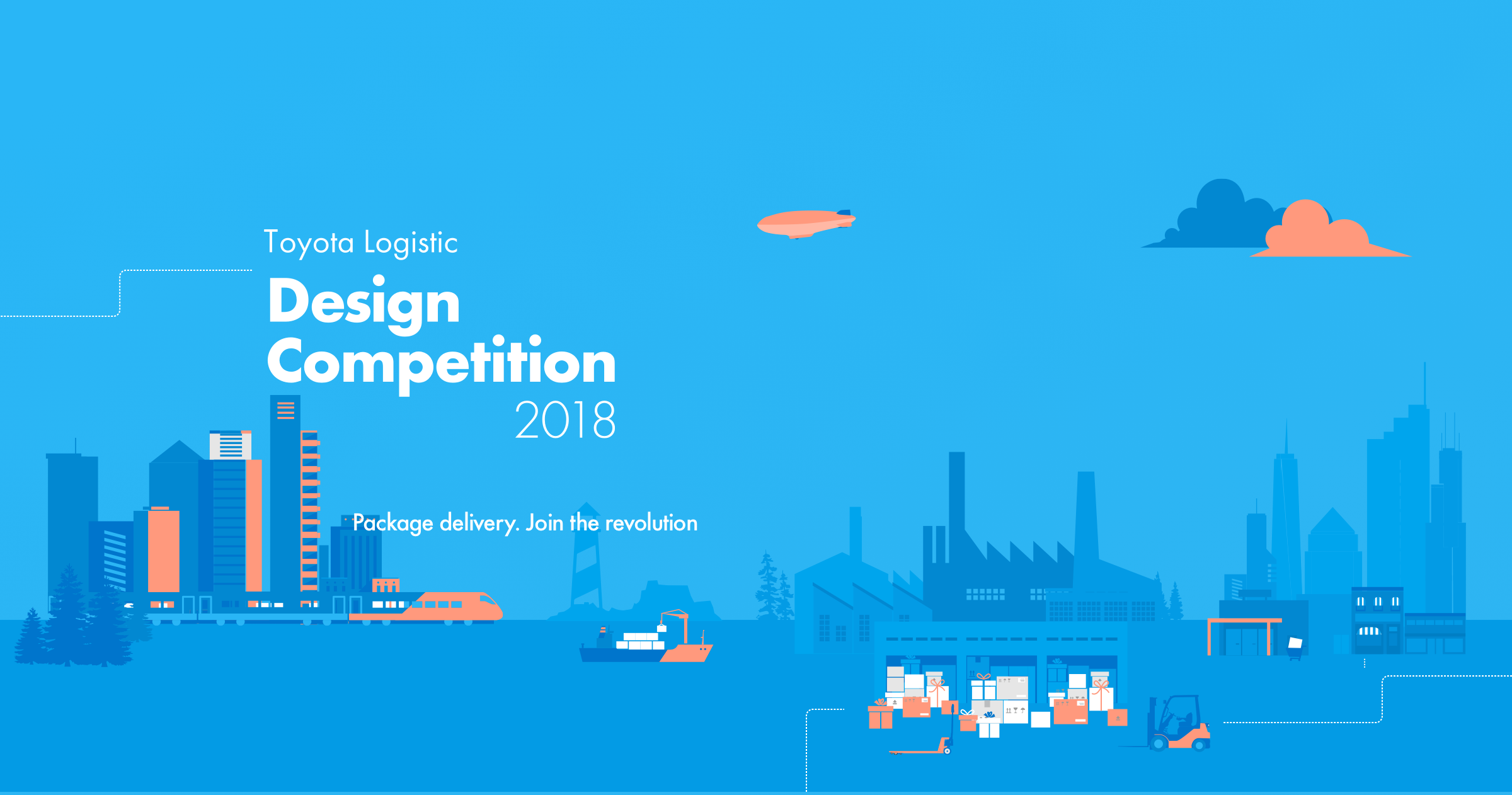
“Package delivery. Join the revolution.”
For the TDLC 2018 competition we turned our attention to the logistics of parcel delivery. That last link in a chain of goods deliveries is often the weakest part. So, what could students and graduates do to alleviate the problem with that “Last Mile Delivery”? Hannah Rayner and Matt Putman of the highly-ranked Loughborough University were two of the 1,205 people who responded to the challenge. Rayner and Putman’s invention – “Al.Packer” – was the chosen winner. In short, this is how it works: When a person is not home to receive a package, a network of home-agents is ready to step in. Apart from being practical and easy to run, Rayner and Putman’s solution is both socially and environmentally sustainable.
The Winners
1st Prize
al.packer
al.packer is a new application that provides a socially sustainable solution to the last mile of package delivery. It abandons the traditional supply chain and introduces a micro-entrepreneur stakeholder that is guaranteed to accept the delivery. The end customer is able to collect the package when and where (s)he wishes to, which enhances communication, reliability and satisfaction between each stakeholder.
Find out more about the winning contribution
2018 Winner Interview
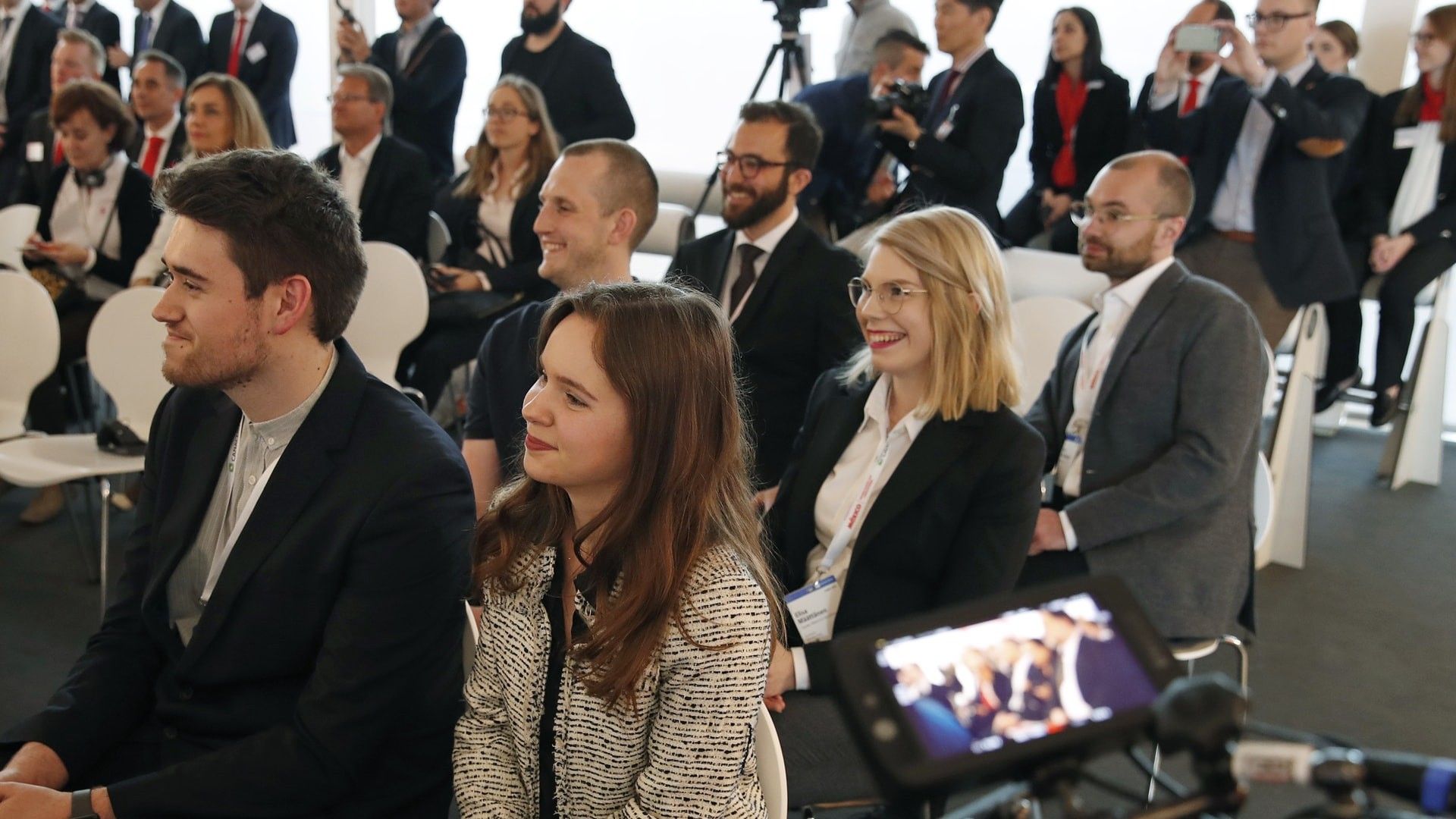
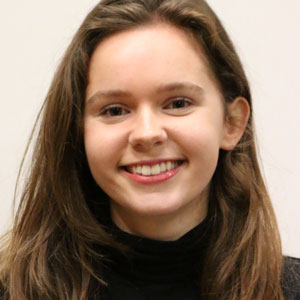

Hannah Rayner and Matt Putman
Loughborough University, United Kingdom
2nd Prize
CIPS - combined infrastructure parcel service
The concept offers an alternative delivery solution using the public transport bus service as the underlying eco-friendly network to provide a faster and more efficient local delivery service. Using bus stations as distribution points, the recipients can set time and location of their preference to pick up their shipment or book a special home delivery service. CIPS helps to bring products closer to consumers, increasing the flexibility and adaptability of distribution networks while using a worldwide available transportation network.
Find out more about the winning contribution


Paul Pötzelberger and Mohammad Moradi,
School of Art Weissensee, Germany
3rd Prize
Toyota Bee – Mobile Control Points
Toyota Bee is based on a HIVE system, consisting of several smaller BEE units and mobile control points. Parcels can be delivered round the clock due to the balanced collaboration between the BEE and its human counterpart. Being able to switch between both a stationary delivery mode and a mobile delivery mode is what makes the Toyota Bee so versatile.
Find out more about the winning contribution
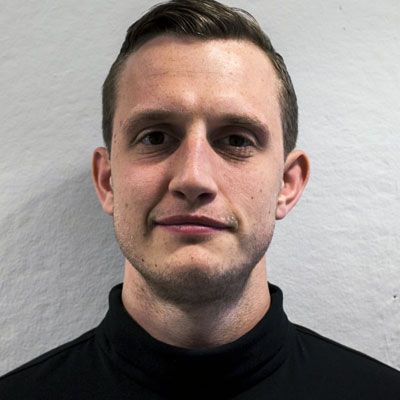
David Wolter
Lund University, Sweden
Public Award

GAMARU
Gamaru is a smart cargo solution composed by an online platform and a fleet of movable/dynamic stations that will change their positions automatically, inside city depending of real time analysis of cargo movements, transportation and demand of deliveries.
Find out more about the contribution

Edgar Andres Sarmiento
IAAD. Turin, Italy
360° VR Call for Entries
2018 Jury sessions
